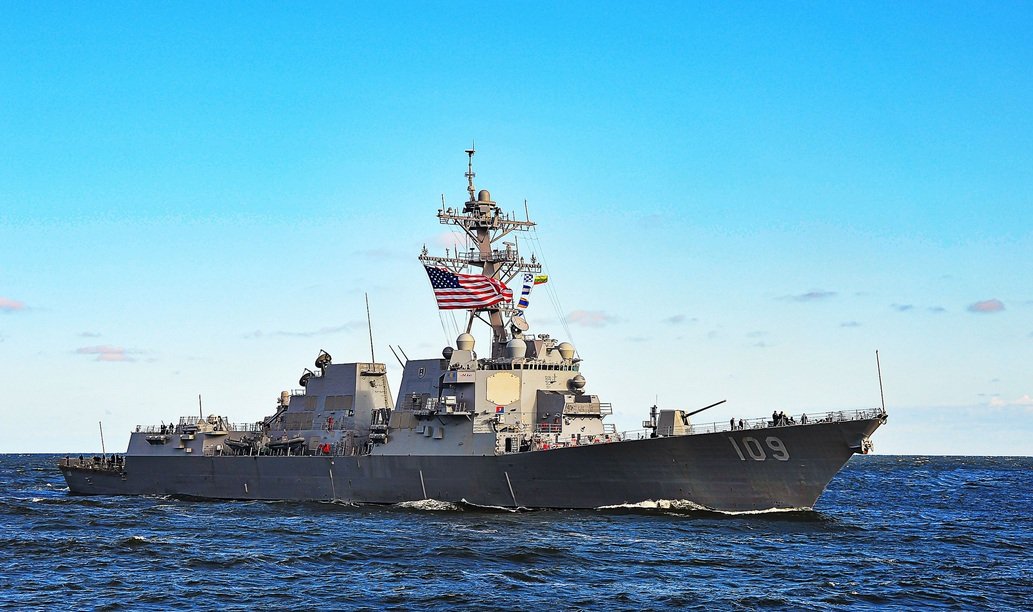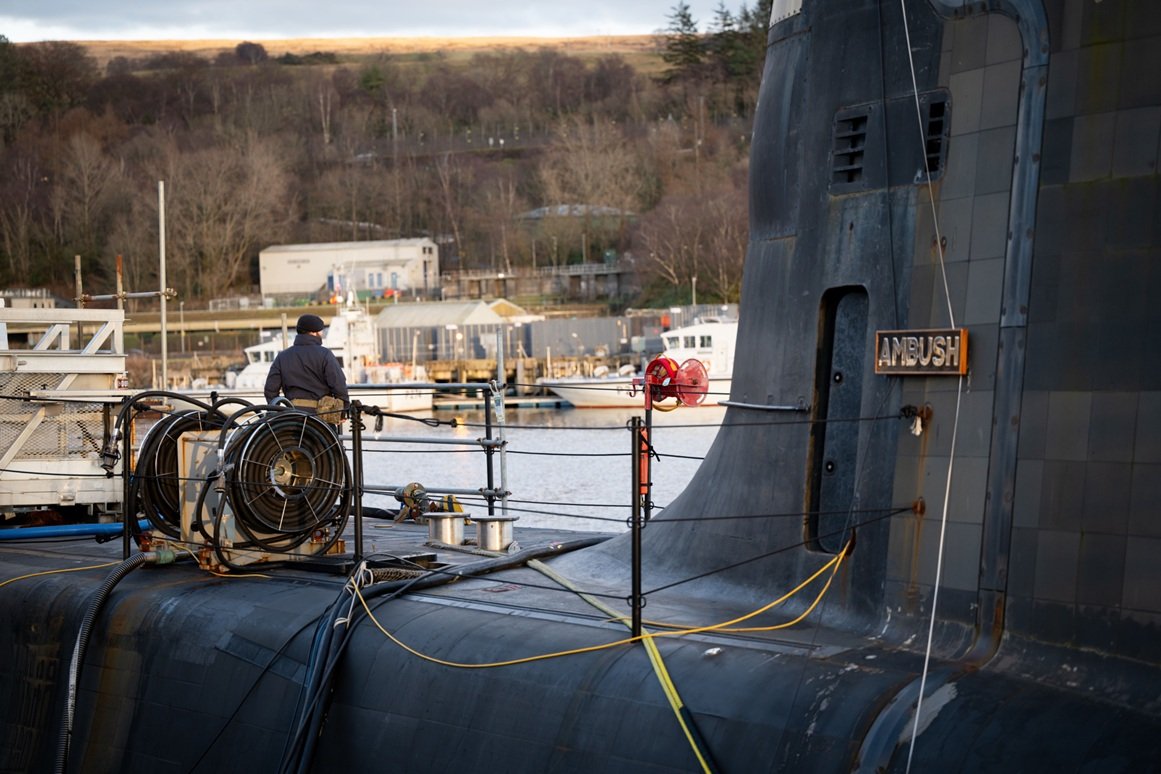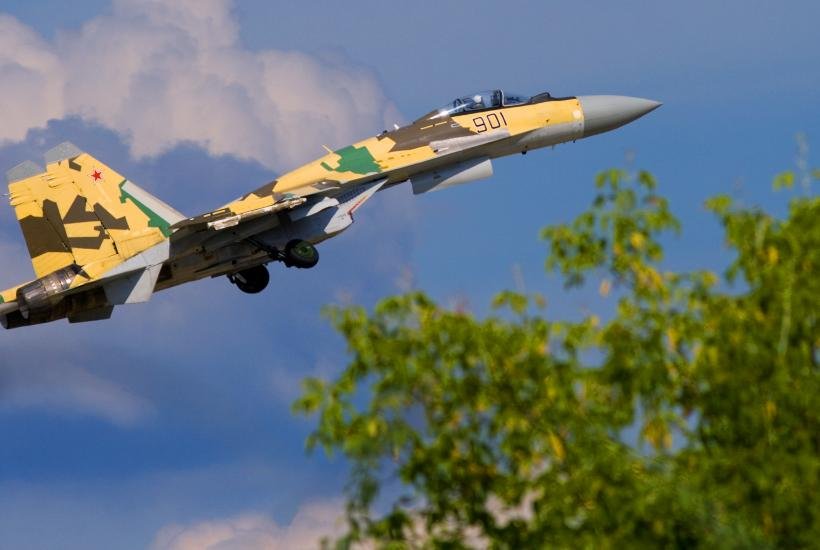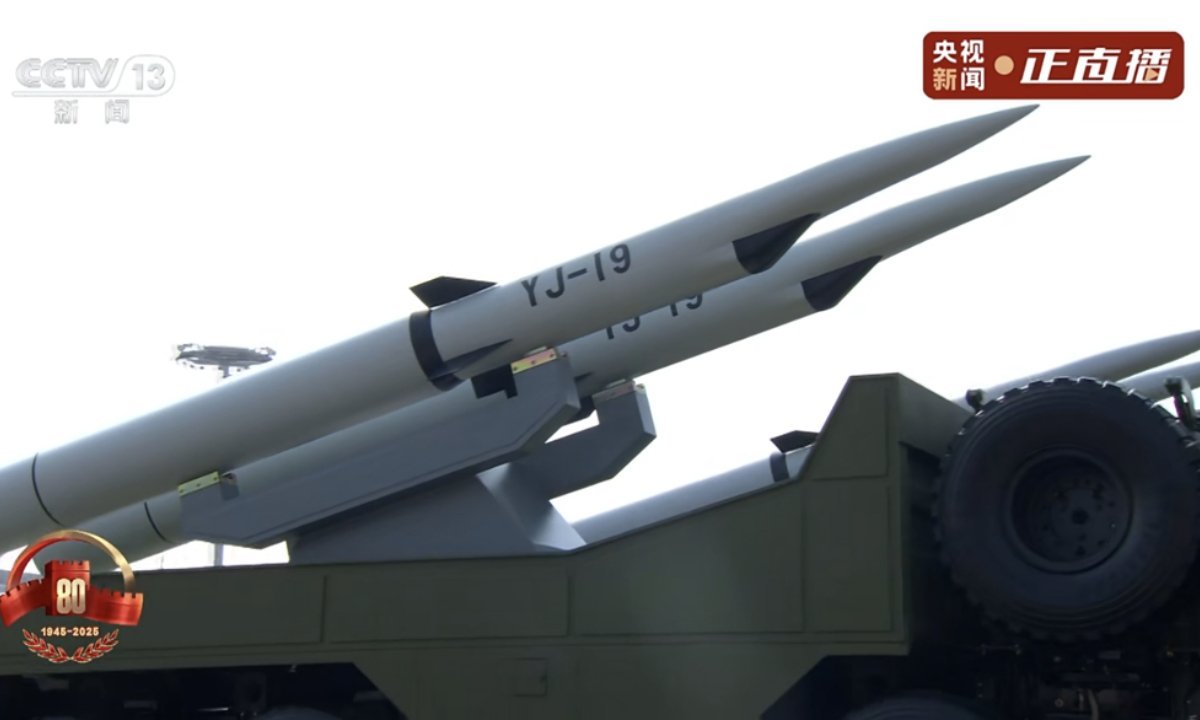
The Chase for Hypersonics: China’s YJs Have the Pentagon Scare
The Chinese military is bolstering its submarine fleet with the YJ-19 hypersonic missile, according to a report by the US military magazine Military Watch Magazine (MWM). They discuss how the new weapons could change the balance of power at sea.

The People’s Liberation Army Navy is set to significantly increase the missile power of its attack submarines by integrating the new YJ-19 hypersonic cruise missile with a ramjet engine, which could completely transform the fleet’s ability to combat surface targets.
The YJ-19 has a smaller diameter than other cruise missiles in service, including the recently introduced YJ-17 and YJ-20, and appears to be specifically designed to be launched from submarines’ 533mm torpedo tubes instead of vertical launch chambers. This would allow it to be deployed alongside other larger-diameter hypersonic missiles, such as the YJ-21, significantly increasing the overall payload of Chinese submarines.
Compared to larger hypersonic missiles, the YJ-19 is expected to have a shorter range and warhead, with its maximum range likely limited to around 500 kilometers.
Among the indications that the missile is specifically designed to destroy submarines and not surface ships is its unusual white color scheme, as opposed to the blue used for other classes of missiles, and the lack of visible external hardware.
Currently, only Russia, China, and North Korea appear to possess hypersonic sea-launched anti-ship missiles: the Russian Navy received its first Zircon missiles in December 2019, while North Korea demonstrated its class of hypersonic anti-ship missiles in April 2025, testing them from its new destroyer Choe Hyon.
China first deployed the YJ-21 sea-launched hypersonic missile earlier this decade, and its performance has led many analysts to consider it the most powerful anti-ship weapon of its kind in the world.
The YJ-19 missile was first unveiled on September 3 of this year during a parade marking the anniversary of the victory of China and its allies over the Empire of Japan in 1945, and is one of several hypersonic anti-ship missiles in service.
The new missile is expected to be deployed on six long-range nuclear submarines of the Type 093 type, and on a large fleet of diesel-electric submarines, there will be a medium-range missile (Type 039), of which 33 are currently in service.
Hypersonic cruise missiles are not only more efficient, covering greater distances with a limited amount of fuel, but are also much more difficult to detect, track and intercept. They dramatically reduce the enemy’s reaction time and cause serious damage due to the high kinetic energy upon impact.
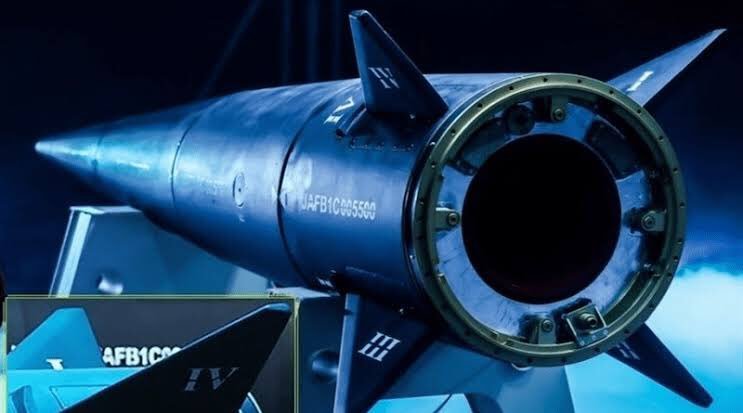
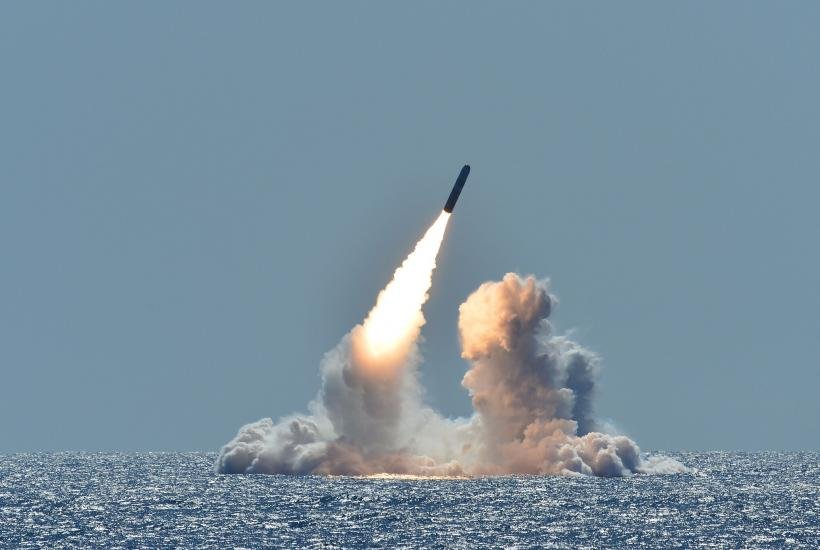
Max Bach



